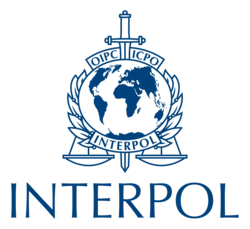Notices
Our colour-coded Notices are international alerts for fugitives, suspected criminals, persons and entities subject to UN Security Council Sanctions, potential threats, missing persons, dead bodies and criminal methods. Details are stored in a database known as the INTERPOL Criminal Information System.
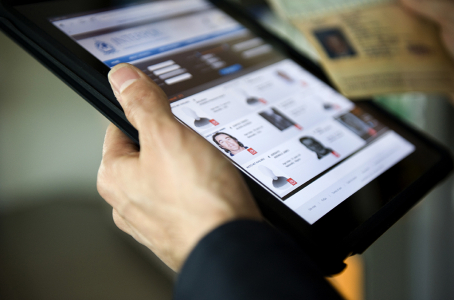
Individuals
Nominal data
We also collect personal data and the criminal history of people subject to request for international police cooperation.
Child abusers and victims
The International Child Sexual Exploitation image database uses sophisticated image comparison software to make connections between victims, abusers and places. The aim is to identify, locate and arrest perpetrators, and to remove victims from harm.
Forensics
Fingerprints, DNA profiling and face recognition can play a crucial role in solving crimes as they have the potential to reveal links between individuals and/or crime scenes. Just as importantly, they can help to prove a suspect’s innocence.
Fingerprints
Authorized users in member countries can view, submit and cross-check records in the fingerprints database via a user-friendly automatic fingerprint identification system (AFIS).

DNA
This database contains DNA profiles from offenders, crime scenes, missing persons and unidentified bodies. We do not store any nominal data linking a DNA profile to any individual.
I-Familia
The aim of I-Familia is to identify missing persons globally through family DNA matching. I-Familia helps to reunite loved ones or to bring closure to cases and allow families to rebuild their lives.
Facial recognition
The Facial Recognition System database provides a dedicated platform to store and cross-check images for the purpose of identifying fugitives, missing persons and persons of interest.
Travel and official documents
Border points are critical locations for preserving national security. Our databases help detect and prevent the fraudulent use of travel papers and administrative documents, thereby restricting the movement of criminals or illicit items.
SLTD database (travel and identity documents)
INTERPOL's SLTD database contains information on travel and identity documents that have been reported as stolen, lost, revoked, invalid or stolen blank.
Stolen Administrative Documents (SAD)
The SAD database contains records of stolen official documents that serve to identify objects, for example, vehicle registration documents and clearance certificates for import/export.
Counterfeit documents
The Frontex INTERPOL Electronic Library Document System (FIELDS) gives police officers and border guards visual information on the key markers that can indicate a counterfeit or forged document.
Comparison of genuine and fake documents
Edison (Electronic Documentation and Information System on Investigation Networks) provides examples of genuine travel documents, in order to help identify fakes. It contains images, descriptions and security features of genuine travel and identity documents issued by countries and international organizations.
Stolen property
Stolen motor vehicles, vessels and works of art are likely to be trafficked across borders. Our global databases assist the law enforcement community in identifying stolen items and increase the chance of their recovery.
Motor vehicles
This database contains extensive identification details from all types of motor vehicles (cars, trucks, trailers, heavy machinery, motorbikes) and identifiable spare parts reported as stolen.
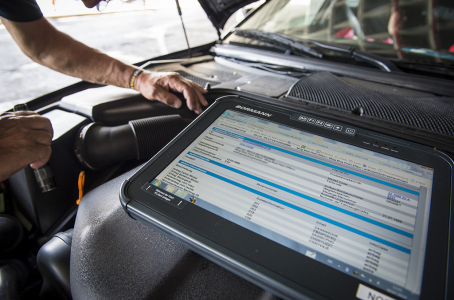
Vessels
The Stolen Vessels database serves as a centralized tool for tracing and tracking stolen vessels and engines.
Works of art
The Works of Art database contains descriptions and pictures of cultural objects reported as stolen by our member countries and international partners such as the International Council of Museums and UNESCO. It includes items looted during crisis periods in Afghanistan, Iraq and Syria.
Firearms trafficking
Three powerful tools help member countries to collect and analyse the information that can be obtained from inside and outside the weapon, in order to prevent and solve firearm-related crime.
Identification of firearms
The INTERPOL Firearms Reference Table is an interactive online tool that provides a standardized methodology to identify and describe firearms more accurately so they can then be traced in cross-border investigations.
Tracing of firearms
The INTERPOL illicit Arms Records and tracing Management System (iARMS) is the only global law enforcement platform to support the transnational tracing of illicit, lost or stolen firearms. It improves information exchange and cooperation between law enforcement agencies on terrorism and other firearm-related crimes.
Comparison of ballistics data
The INTERPOL Ballistic Information Network (IBIN) is the only large-scale international ballistics data sharing network in the world. It provides intelligence to law enforcement agencies through the centralized storage and cross-comparison of ballistics imaging in order to find connections between crimes from different countries that might otherwise remain undetected.
Organized crime networks
The purpose of these databases is to improve the collection and exchange of intelligence, support investigations, and better analyse the crime networks, leading to the identification and arrest of their leaders and financiers.
Maritime piracy
The maritime piracy database stores intelligence related to cases of piracy and armed robbery at sea, including data on individuals, telephone numbers, e-mail addresses, piracy incidents, locations, businesses and financial information.
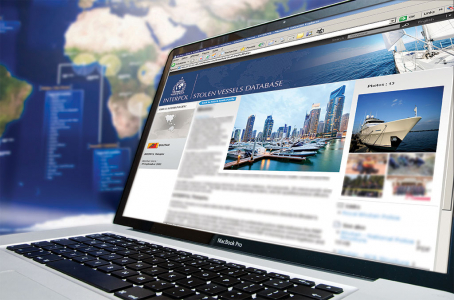
Related news

Breakthrough in longstanding Dutch missing person case
11 October 2024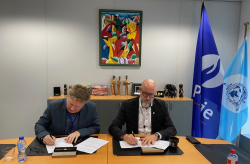
INTERPOL welcomes new DNA legislation in Belgium
11 April 2024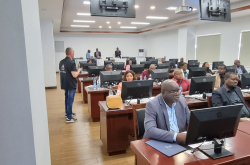
Border security threats focus of STOP operations in Africa
8 December 2023
